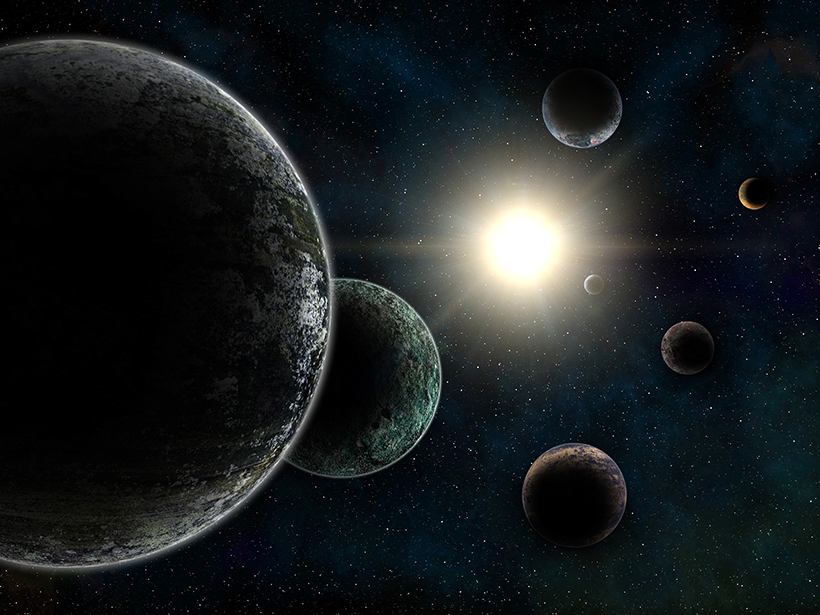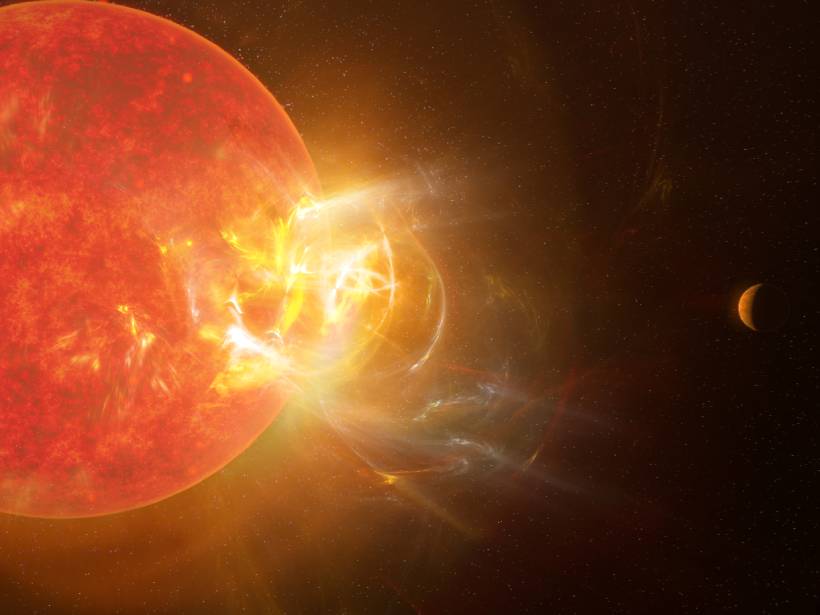Shrubs and trees across the United States routinely sip water stored in bedrock, a discovery that has implications for the terrestrial water cycle.
Katherine Kornei
Katherine Kornei is a freelance science journalist covering Earth and space science. Her bylines frequently appear in Eos, Science, and The New York Times. Katherine holds a Ph.D. in astronomy from the University of California, Los Angeles.
Chinese Architecture Evolved with Changes in Snowfall
Roof design in northern China changed over centuries in response to extreme snow events, new research suggests.
Ejecta Discovered Near Site of Ancient Meteorite Impact
South Africa’s Vredefort impact structure is the largest on the planet, and researchers have now discovered the first proximal ejecta possibly deriving from the cataclysmic impact.
Glassy Nodules Pinpoint a Meteorite Impact
Researchers working in Chile’s Atacama Desert have collected thousands of “atacamaites” that suggest a meteorite struck the region roughly 8 million years ago.
Thousands of Stars View Earth as a Transiting Exoplanet
Researchers have identified more than 2,000 stars whose past, present, or future vantage points afford a view of Earth passing directly in front of the Sun, a geometry useful for pinpointing planets.
A Remarkably Constant History of Meteorite Strikes
Researchers dissolve chunks of the ancient seafloor to trace Earth’s impact history and find that colossal clashes between asteroids don’t often trigger an uptick in meteorite strikes.
Gap in Exoplanet Size Shifts with Age
Smaller planets are scarcer in younger systems and larger planets are lacking in older systems, according to new research that analyzed hundreds of exoplanets.
Species of Feces Help Phytoplankton Feed Itself
The unicellular plants more readily take up iron in the presence of salp feces than in krill feces, an experiment in Antarctica reveals.
Record-Setting Flare Spotted on the Nearest Star to the Sun
Proxima Centauri recently let loose a blast of radiation, and ground- and space-based telescopes detected the record-setting event at wavelengths ranging from radio to the ultraviolet.
Laser Flashes Shed Light on a Changing Arctic
An ongoing project in northern Alaska is using pulses of laser light to monitor anthropogenic activity, ice quakes, and marine wildlife.










